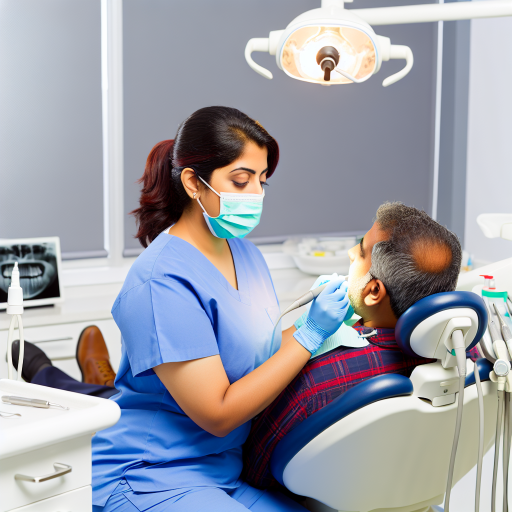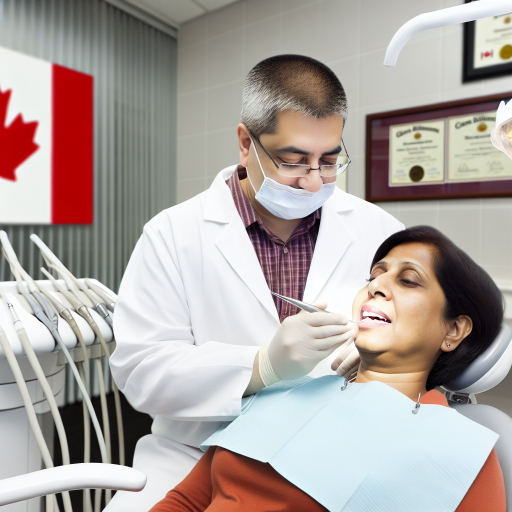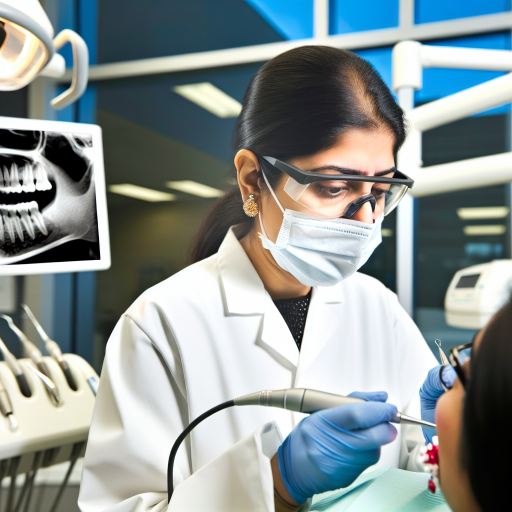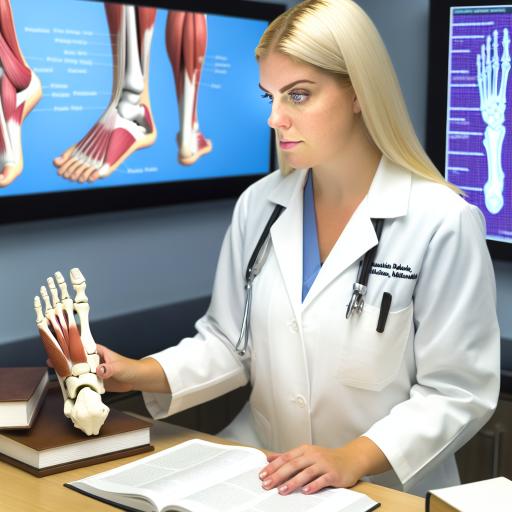Introduction to Bunions
Definition of Bunions
A bunion is a bony bump at the base of the big toe.
This bump forms when the big toe deviates towards the second toe.
As a result, the joint at the base of the big toe protrudes outward.
Bunions can cause discomfort and lead to other foot issues.
Causes of Bunions
Bunions often develop due to genetic factors.
Footwear choices also play a significant role in their formation.
Narrow or high-heeled shoes contribute to abnormal toe alignment.
In addition, certain foot conditions can lead to bunions.
These include arthritis and flat feet.
Bunions are more common in women than men.
Age is another contributing factor, as they become more prevalent over time.
Symptoms Associated with Bunions
Many individuals experience swelling and redness around the affected joint.
They may also have pain when wearing shoes.
Limited motion of the big toe can occur as the bunion progresses.
Additionally, hard corns can develop on the bunion area.
Importance of Early Diagnosis
Recognizing bunions early can help manage symptoms effectively.
Early intervention may prevent worsening of the condition.
Seeking professional advice from a podiatrist is recommended.
Understanding the Importance of Non-Surgical Treatments
Why Choose Non-Surgical Options?
Non-surgical treatments for bunions offer many benefits.
They reduce recovery time compared to surgery.
Patients can maintain mobility during treatment.
Additionally, these options often have fewer risks.
Non-surgical methods can be effective for many individuals.
Effectiveness of Conservative Treatments
Conservative treatments aim to alleviate pain and discomfort.
Soft shoe inserts provide cushioning and support.
Unlock Your Career Potential
Visualize a clear path to success with our tailored Career Consulting service. Personalized insights in just 1-3 days.
Get StartedThey help redistribute pressure on the foot.
Physical therapy techniques can improve joint function.
Regular exercises strengthen foot muscles and improve mobility.
Role of Specialized Footwear
Wearing appropriate footwear is crucial in bunion treatment.
Shoes with wide toe boxes reduce pressure on the bunion.
Footwear with arch support alleviates discomfort effectively.
Orthotic devices can also enhance comfort and stability.
Comprehensive Foot Care
Regular foot care plays an essential role.
Proper hygiene prevents additional complications.
Moisturizing can reduce skin irritations around bunions.
Routine check-ups help monitor foot health over time.
Patient Education and Self-Care
Patient education is vital for successful treatment.
Understanding bunion development helps in prevention.
Self-care techniques empower patients to manage symptoms.
Applying ice packs can reduce swelling and inflammation.
Moreover, avoiding high-impact activities helps prevent worsening conditions.
Conservative Management Strategies
Shoe Modifications
Shoe selection plays a crucial role in managing bunions.
Podiatrists often recommend wider shoes to alleviate pressure on the bunion.
Additionally, shoes with a soft upper material can enhance comfort.
Orthopedic shoes are another option for those suffering from bunions.
These shoes provide extra support and stability to the foot.
Patients should avoid high heels and tight shoes, as these exacerbate pain.
Changing footwear can lead to significant pain relief for many individuals.
Orthotics
Orthotic devices can provide extra cushioning and support.
Custom-made orthotics align the foot properly and redistribute pressure.
Podiatrists evaluate foot mechanics to create effective orthotics.
Over-the-counter arch supports can also benefit many patients.
These supports may help alleviate discomfort during daily activities.
Individuals should consult their podiatrist for personalized recommendations.
Regular follow-ups can ensure that orthotics remain effective over time.
Learn More: The Role of Dentists in Promoting Oral Health
Physical Therapy Techniques to Alleviate Bunion Pain
Introduction to Physical Therapy for Bunions
Physical therapy offers non-surgical solutions for bunion pain relief.
This method emphasizes movement and rehabilitation.
Patients often experience improved mobility and reduced discomfort.
Stretching Exercises
Stretching exercises play a crucial role in bunion treatment.
Simple toe stretches can help alleviate pain and tension.
Patients should perform these stretches daily for best results.
- Hold each stretch for at least 15 seconds.
- Repeat the exercise three times for maximum benefit.
- Consider adding a warm-up for enhanced flexibility.
Strengthening Exercises
Strengthening exercises help support the muscles around the bunion.
Strengthening the foot’s intrinsic muscles can stabilize the arch.
Effective exercises include toe curls and marble pickups.
- Use your toes to pick up small objects like marbles.
- Perform toe curls while seated to improve muscle strength.
- Engage in resistance band exercises to enhance foot strength.
Using Orthotics
Orthotic devices provide additional support for bunions.
Custom orthotics can help redistribute pressure on the foot.
This change can significantly reduce pain and discomfort.
- Consult a podiatrist for personalized orthotic recommendations.
- Wear the orthotics inside everyday footwear for best results.
- Consider using shoe inserts for added comfort and support.
Manual Therapy Techniques
Manual therapy techniques can alleviate bunion symptoms.
These techniques include mobilization and manipulation of joints.
Patients often report immediate relief from tension and pain.
Utilizing Ice and Heat Therapy
Both ice and heat can aid in bunion pain management.
Ice reduces inflammation and numbs sharp pain.
Heat can relax tight muscles and promote blood flow.
- Apply ice for 15-20 minutes after physical activity.
- Use heat therapy before exercising to loosen up the joints.
- Alternate between ice and heat for optimal results.
Strategies for Pain Management
Physical therapy techniques address bunion pain effectively.
These approaches can enhance mobility and comfort.
Patients should consult with a physical therapist for personalized care.
Learn More: Tips for Balancing Work and Life as a Dentist
The Role of Custom Foot Orthotics in Bunion Treatment
Custom foot orthotics play a vital role in bunion treatment.
They help redistribute pressure across the foot.
This adjustment can relieve pain associated with bunions.
Orthotics can also improve overall foot alignment.
Understanding Bunions
Bunions develop due to misalignment of the big toe joint.
As a result, the toe tilts toward the second toe.
This formation can cause discomfort and swelling.
Proper treatment is essential to manage symptoms effectively.
How Orthotics Work
Custom foot orthotics provide support for the foot arch.
They also cushion the foot while walking or standing.
The orthotics can help in correcting gait issues.
This improvement can reduce the stress on the bunion.
Benefits of Custom Orthotics
- Relieve foot pain and discomfort.
- Improve balance and stability.
- Enhance alignment of the foot and body.
- Reduce the risk of further joint issues.
The Fitting Process
Getting custom orthotics involves a detailed fitting process.
A qualified podiatrist will evaluate your foot structure.
This assessment includes taking measurements and imaging.
Based on this information, a personalized orthotic device is created.
Ongoing Care and Monitoring
After receiving orthotics, regular follow-ups are essential.
Podiatrists will monitor your response to the treatment.
This step ensures that the orthotics provide optimal support.
Adjustments may be necessary based on progress and comfort.
You Might Also Like: How to Stand Out as a Dentist in a Competitive Market
Home Remedies for Bunions
Ice Application
Applying ice can reduce swelling and pain in the affected area.
Use a cold pack wrapped in a towel to avoid direct contact with the skin.
Limit ice application to 15-20 minutes at a time.
This method can provide temporary relief after long periods of standing or walking.
Anti-inflammatory Medications
Over-the-counter anti-inflammatory medications can help manage pain.
Common options include ibuprofen and naproxen.
These medications reduce inflammation and can improve mobility.
Always follow the recommended dosage on the label.
Consult a healthcare professional if you have underlying health conditions.
Padding and Footwear Modifications
Wearing cushioned pads can alleviate pressure on the bunion.
Look for products specifically designed to protect bunions.
Choosing appropriate footwear can significantly impact comfort.
Opt for shoes with a wide toe box and soft material.
High heels and narrow shoes should be avoided to minimize discomfort.
Rest and Foot Elevation
Resting your feet can reduce pain and prevent further irritation.
Elevating the feet during rest can enhance blood circulation.
Find times throughout the day to relax and elevate your feet.
Exercises and Stretching
Specific exercises can improve flexibility in the foot.
Stretching the toes and foot muscles may relieve tension.
Strengthening exercises can support foot structure over time.
Consider consulting a podiatrist for guided routines.
Discover More: What Does a Dentist Really Do? A Career Overview
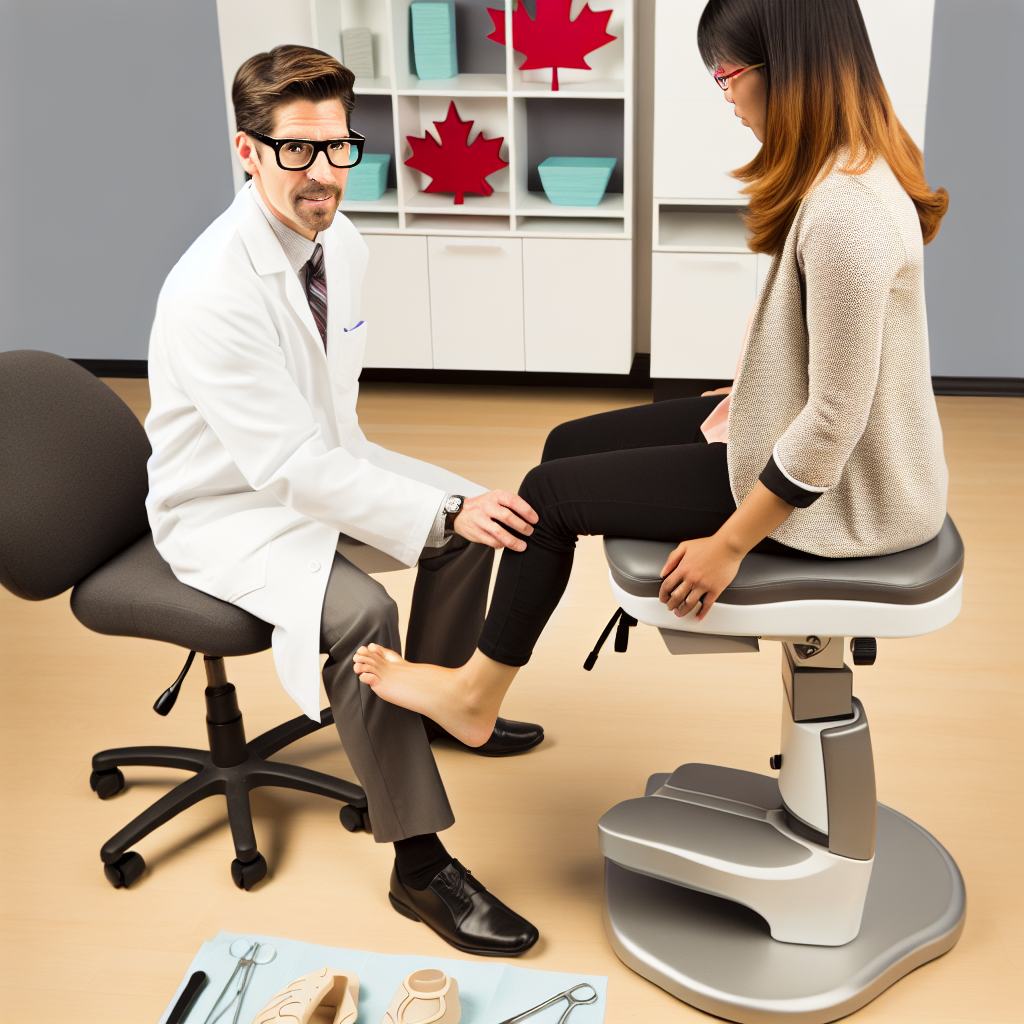
Lifestyle Changes to Prevent Bunion Progression
Footwear Choices
Selecting appropriate footwear plays a crucial role in bunion prevention.
Avoid high heels and narrow shoes that cramp the toes.
Instead, choose shoes with a wide toe box to reduce pressure on the bunion.
Look for shoes that provide adequate arch support and cushioning.
Comfortable footwear can make a significant difference in foot health.
Maintaining a Healthy Weight
Weight management can alleviate stress on the feet.
Excess weight can worsen bunion pain and progression.
Engaging in regular exercise aids in maintaining a healthy weight.
Low-impact activities like swimming and cycling can be beneficial.
Consult a healthcare professional for personalized weight management advice.
Stretching and Strengthening Exercises
Incorporating specific exercises can strengthen foot muscles.
Stretching the toes and feet improves flexibility and reduces tension.
Exercises such as toe curls and ankle circles can be effective.
Regular practice of these exercises can help mitigate bunion symptoms.
Using Orthotic Devices
Orthotic devices provide additional support and alignment for the feet.
Custom insoles can redistribute pressure away from bunions.
Consult with a podiatrist to determine the best orthotic solution.
Using these devices can improve comfort during daily activities.
Regular Foot Care
Taking care of your feet is essential for overall foot health.
Keep your feet clean and moisturized to prevent cracking.
Regularly inspect your feet for any signs of new bunions or irritations.
Seek prompt medical attention if you notice any concerning changes.
Maintaining foot hygiene can contribute to preventing complications.
When to Consider Surgical Options
Identifying Symptoms
It’s important to recognize the symptoms of bunions early.
Common indicators include pain and swelling near the big toe.
You might also notice redness and deformity of the toe joint.
If these symptoms persist, it’s time to consult a podiatrist.
Assessing Pain Levels
Evaluate your pain levels during daily activities.
Severe pain may indicate the need for surgical intervention.
If you struggle to walk or wear shoes, surgery might be necessary.
Moreover, persistent pain despite conservative treatments is a concern.
Reviewing the Effectiveness of Non-Surgical Treatments
Consider how well non-surgical treatments are working for you.
If orthotics or physical therapy bring no relief, surgery may be an option.
Prolonged discomfort despite using pain relievers is a sign to act.
Consulting with a specialist helps assess the effectiveness of your current treatment plan.
General Health and Lifestyle Considerations
Your overall health plays a significant role in treatment decisions.
Assess any conditions that may affect recovery, such as diabetes.
Additionally, consider your lifestyle and activities.
If your lifestyle is significantly impacted, surgical options deserve consideration.
Potential Complications of Leaving Bunions Untreated
Leaving bunions untreated can lead to more serious foot issues.
These complications may include arthritis or chronic pain.
In some cases, mobility can be severely affected.
Recognizing the risks associated with untreated bunions is crucial.
Effectiveness of Non-Surgical Treatments for Bunions
Non-surgical treatments for bunions are beneficial for many patients.
These methods aim to relieve pain and improve foot function.
Furthermore, they can slow the progression of bunions.
Common Non-Surgical Treatments
Podiatrists recommend various non-surgical treatments for bunions.
Orthotic devices, such as custom shoe inserts, can help.
These inserts provide support and redistribute pressure on the foot.
Additionally, padded bunion cushions can reduce friction.
Physical Therapy Benefits
Physical therapy plays a vital role in bunion management.
Exercises can strengthen foot muscles and improve flexibility.
By doing this, patients can alleviate discomfort over time.
Furthermore, a physical therapist can guide proper foot mechanics.
Medication and Pain Management
Over-the-counter medications offer quick relief for pain and inflammation.
They can help patients manage their symptoms effectively.
In some cases, podiatrists might recommend steroid injections.
These injections can reduce swelling and pain for longer periods.
Footwear Modifications
Wearing appropriate footwear is crucial for managing bunions.
Podiatrists often advise patients to choose shoes with a wide toe box.
These shoes help lessen pressure on the affected area.
Moreover, avoiding high heels can provide significant relief.
Effectiveness of Combined Approaches
Combining different non-surgical approaches can be particularly effective.
For example, using orthotic devices with physical therapy can yield better results.
This combined approach addresses both symptoms and underlying issues.
Consequently, patients often report improved comfort and mobility.
Additional Resources
What’s The Difference Between A Podiatrist And A Chiropodist?
Chapter 677 — Regulation of Medicine, Podiatry and Acupuncture

